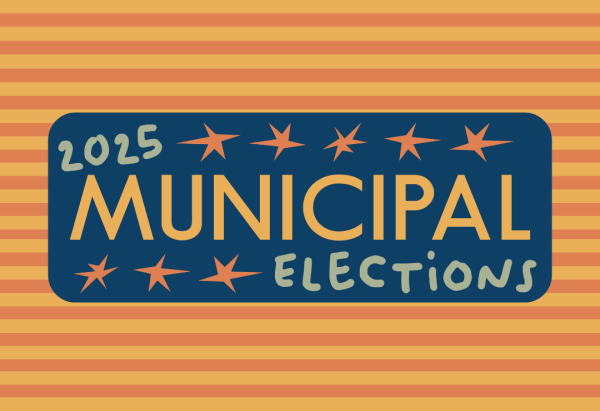OPINION: Interest rate cuts suggest Trump’s economy is not sustainable
August 22, 2019
Sluggish economic growth, a trade war and the Federal Reserve slashing interest rates suggest President Trump’s economy is on the ropes. On July 31, the Fed cut the interest rate a quarter of a percentage point for the first time since 2008. The Fed slashed interest rates to prevent the United States from sliding into another recession amidst Trump’s current trade war with China.
As the institution responsible for regulating credit for the U.S., the Fed holds sway over half of economic affairs. For example, it can increase interest rates to halt inflation, as Chairman Paul Volcker did during the Great Inflation in the 1970s or provide credit to investors and people in a failing economy. Therefore, the Fed’s policy changes depending on the economic situation of the U.S.
From 2018 to 2019, the Fed has changed its intended objective from combating inflation to preventing a recession. For example, in 2018, the Fed hiked interest rates from 2.25% to 2.5%, causing the stock market prices to sink to record lows.
Based on these events, Trump blamed current Fed Chairman Jerome Powell for mitigating the positive effects from his tax cuts.
The Tax Cuts and Jobs Acts of 2017 led to a short run expansion of economic activity, giving the illusion that the U.S. economy is performing well. While Trump’s tax cut led to positive changes initially, the effects were amplified because people had extra money to spend on goods and services. This resulted in producers hiring more workers to account for increased demand of goods and services. However, as the economy heats up and producers reach full production, prices will rise so suppliers can meet the ongoing consumer demand.
Simply put, Trump’s tax cuts provided the economy with a sugar rush that lead to a quick burst of energy with no lasting substance behind it.
According to Nobel Prize winning economist F.A. Hayek, a tax cut ultimately results in short-term inflation, giving the illusion of economic growth. This means Trump’s tax cuts gave people an incentive to spend the extra money they received on goods and services, thus artificially boosting short term gross domestic product.
However, this cannot last. Trump’s tax cuts did not stimulate long term economic growth resulting in better products costing less. The Trump economy came back into orbit in 2019 because economic growth slumped to pre-Trump levels.
To make matters worse, the U.S. and China are locked in a trade war after Trump imposed tariffs on Chinese goods to promote “American” industries. China quickly retaliated, leading to a faceoff that hurt both parties.
Trump inadvertently hurt consumers further by restricting Chinese goods and services. For example, imposing an economic sanction on tradable goods ultimately leads to higher prices due to scarcity. As less goods are made available to people, the price of those goods increases because there are less available resources.
While tariffs are bad for consumers, they are equally bad for producers. Although the U.S. currently has a trade deficit with China, the attractive investing climate in the U.S. balances it out.
As dollars are exchanged for Chinese goods, the dollars are reinvested within the U.S. by Chinese investors. Protective tariffs ultimately restrict this flow of money into the U.S., which slows potential long-run economic growth. This resulted in a volatile stock market, that could tip the stock market into a downward spiral causing investors to pull out altogether.
Sensing a potential economic downturn, Powell and the rest of the Fed’s board cut interest rates back down to 2008 levels with the hopes of preventing another recession.
While GDP continues to grow and unemployment falls under Trump’s economy, many people perceive the American economy is booming.
However, under the surface Trump’s economy is smoke and mirrors, presenting the illusion of growth. In reality, there is no substance behind it.
While his policies have not yet affected the whole economy as drastically as many predicted in 2016, only time will tell the long-run effects of Trump’s actions.













